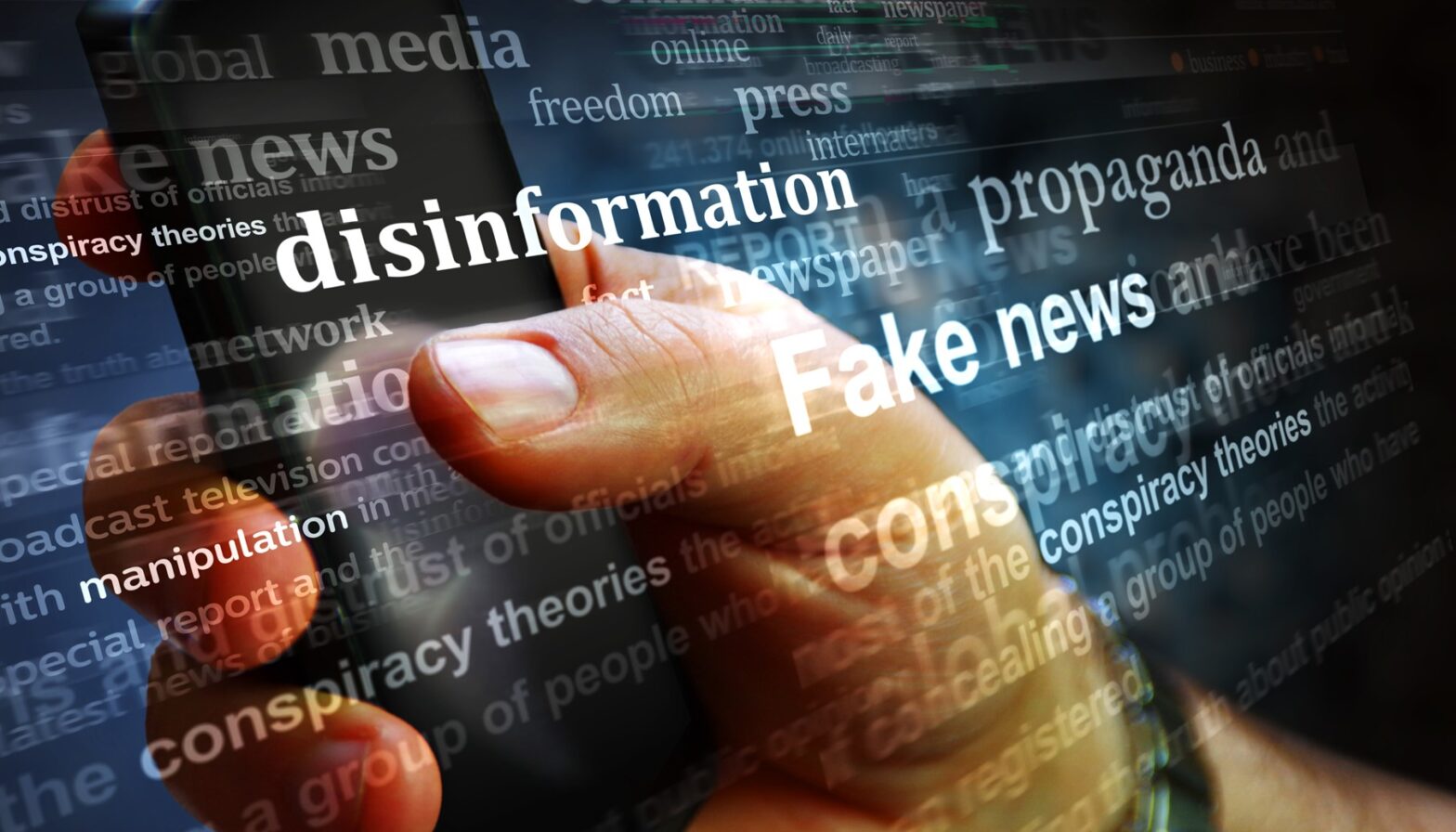As a prize-winning journalist, foreign correspondent, former writer for TIME Magazine, and educator, Stephen Handelman has devoted his career to strengthening the role of journalism as a critical tool in democracy. Concerns about journalistic sensationalism and the blurred line between factual reporting and commentary are not new. But with the rise of online news outlets and television networks dedicated to delivering news from a particular perspective, people need to be reminded again that of the importance of unbiased journalism. It has never been more important in the current struggle against “fake news” and disinformation; but it is also vital to holding the powerful accountable.
As co-founder and former Executive Editor of The Crime Report, a website providing investigative journalists with a platform to share their stories about the U.S. criminal justice system, Stephen Handelman was dedicated to delivering the facts and helping readers cut through the mass of fake news, disinformation and sensationalist reporting that too often characterizes crime news. The Crime Report is a good litmus test for showing how journalism can spur public debate and policy change.
But the challenge goes beyond criminal justice. Impartial, candid reporting is a threat to authoritarian governments and extremists everywhere, as the recent arrest and imprisonment of Wall Street Journal’s Moscow correspondent Evan Gershkovich for alleged “espionage” makes clear. Evan is the latest example of efforts to silence truthful reporting around the world and in the U.S. itself.
Stephen Handelman believes journalists serve as front-line protection against misleading information online, on social media, on television networks and more. It’s important to get the definitions right. In the world of journalism, misinformation is actually defined as an unintentional mistake, whereas disinformation is intentionally producing a false story and sharing it anyway. That was the crux of the case against Fox News brought by Dominion Voting Systems which was recently resolved with a settlement of more than three-quarters of a billion dollars. In a carefully worded statement, Fox News “acknowledged” a judge’s finding that “some” of its reporting about the 2020 election was false. That wasn’t quite an apology, but it was a major step forward in the effort to hold news organizations accountable for what they report.
Artificial Intelligence (AI) poses what may soon be the most serious challenge to journalism. Researchers have warned that AI can be developed—and in some cases has already been used—as a tool for disseminating false, misleading or libelous information by extremists.
Disinformation is often utilized by media outlets to evoke strong emotions. By raising the ire or drawing the sympathy of the reader, a media outlet can attract more eyeballs. When the lines between truth and opinion are blurred, or when facts are distorted to advance a particular point of view, that’s not only bad journalism; it’s damaging to society. Even worse, the people represented inaccurately in the story can have their reputations shattered. Journalists in the U.S. are not required to obtain a “license” or special credentials to practice—in the same way that doctors or teachers are. All the more reason to ensure they are trained to deliver the facts in a way that both the public and the people covered in each story receive fair treatment,
One of the best ways journalists can fight back against disinformation is to vet their sources, which is part of the training Stephen Handelman has instilled in reporters. The same logic can be applied to consumers of journalism who want to protect themselves from unfair bias. By researching the credentials of the source, and the context, legitimacy can be weighed appropriately. In the digital age, there’s typically a rush to be the first person to share a story. The problem with focusing on immediacy is that it doesn’t allow enough time to verify a source’s background and the validity of the information provided.
The modern journalist (and today’s consumer of news) must learn how to recognize patterns of disinformation. For instance, if a news organization receives a video or an image from a public source, there are a few different ways to check whether or not the source is legitimate. For starters, there’s the eye test. If the footage is overly grainy or has clear signs of unnatural movements, it’s probably been doctored. Images provided to news organizations can also be searched online through a reverse image search. If the image was not initially taken by the source that provided the information, it is clear that it can no longer be used.
Stephen Handelman recommends that news consumers—whether they are online, listening to a broadcast, or reading a magazine or newspaper—take “ownership” of the stories they read—by questioning everything and taking nothing at face value. A passive consumer is not an informed citizen. Even the most trusted news source can sometimes get it wrong. An educated, skeptical and informed audience is critical to the continued health of our democracy.
